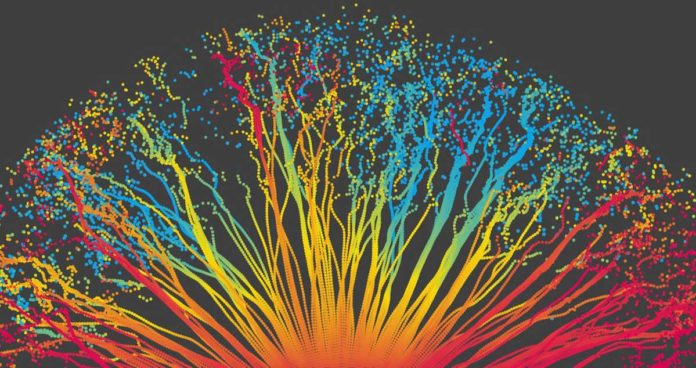There are many complex systems present in biology that can form a concept of ‘network’ for scientists to better understand the working of biological systems on a basic level. It can also be used to key questions in biology, medicine, and engineering.
The networks perform such tasks by controlling connections within the network, called edges. What physicists hadn’t explored is how many tasks a single network can accomplish simultaneously.
Earlier, Penn scientists had studied two types of networks:
1. How nature builds and maintains ‘flow networks’, such as blood flow?
2. Mechanical networks, such as the arrangement of amino acids that form a protein, and how these networks can be changed in order to perform a specific biological function.
Eleni Katifori from the University of Chicago studied the flow network using approaches that are inspired by and related to biology. Another network was studied by Physicist Andrea Liu, from the University of Chicago.
Though, both networks are different but the discussions between the Liu and Katifori groups about how much multitasking each network could accomplish helped them realize that they could study these two dissimilar networks together.
Scientists thus developed a set of equations that described each system. They then used simulations to control or “tune” the network so they would perform increasingly complex functions. Rocks, Ronellenfitsch, and their colleagues found that both types of networks succeeded at multitasking.
They were surprised by the similarities in performance between these two seemingly distinct networks. While the physics underlying the two systems are entirely different, they performed similarly in terms of multitasking abilities and controllability. “Quantitatively, they were almost identical.
Katifori said, “We were both independently studying the complexity of a particular function that a flow network could do and what a mechanical network could do. It was two entirely different physical networks but in a way the same question.”
Liu said, “These results will serve as the foundation for a number of future studies that will delve deeper into how the ability to perform tasks is encoded into networks. For mechanical networks like enzymes, this knowledge could improve biomedical researchers’ ability to design targeted drugs and treatments.”
“As a first step, Rocks is working on better understanding how the networks actually work. Up to this point we’ve treated it like a black box. But we don’t want to do that. We want to understand how a network performs a specific function. We want to understand what aspects of the network’s structure are important.”
Katifori said, “If you had asked me before we did this project whether we were going to have the same answer for the two networks, I would say ‘why? But then when you think about it, and when you understand it, you realize the elegance of this study and why these two networks should be the same.”
A team of researchers from the Department of Physics & Astronomy published this study in PNAS.
